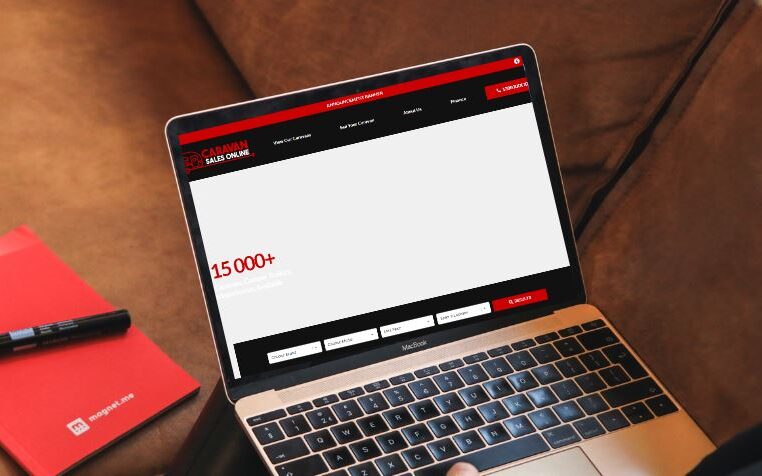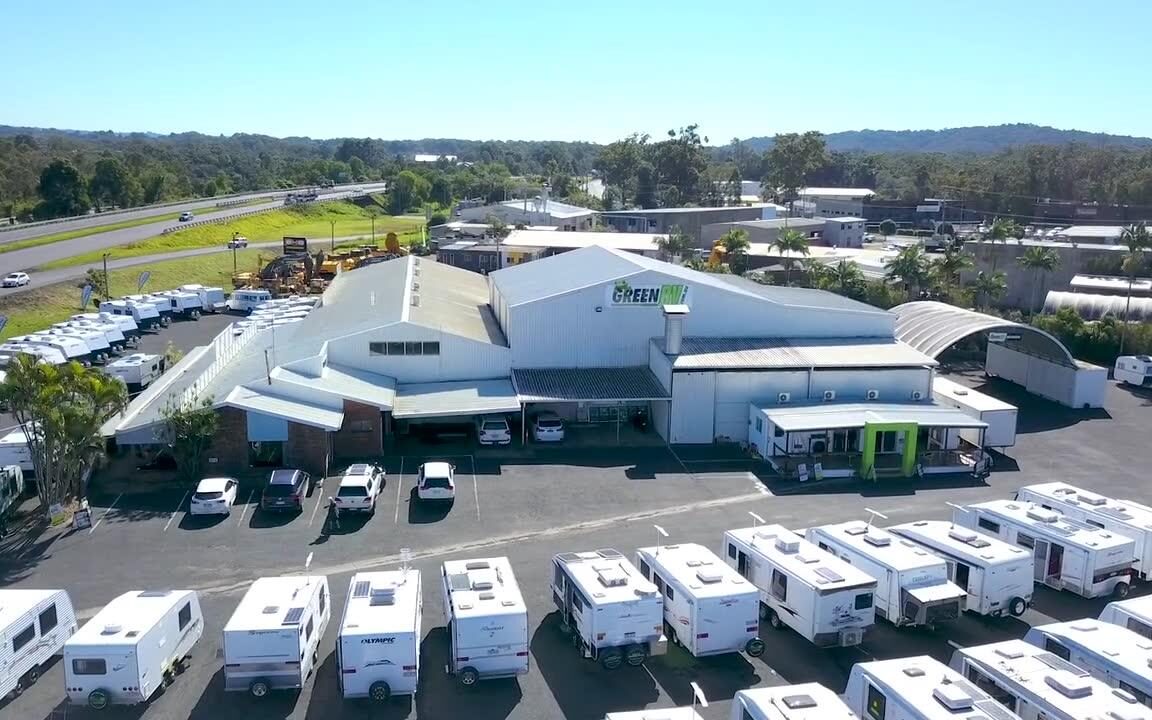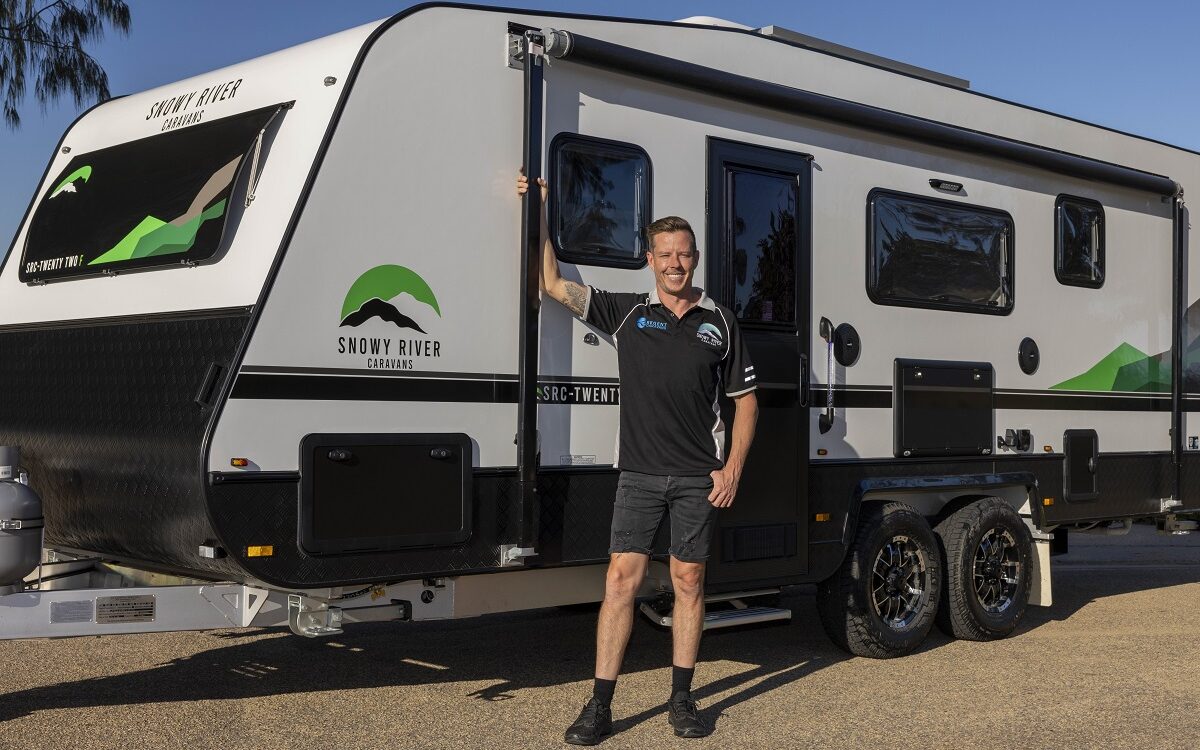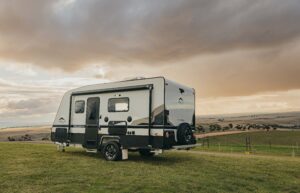Owning a caravan is an exciting thing. Being able to hitch up your home on wheels and take off on a journey to any destination of your choice is the lifestyle of a real adventurer.
However, getting to that point is easier said than done. Looking at caravans is thrilling, but can be tedious. Sometimes a first-time caravan buyer can be overloaded with information, or even just feel uncomfortable with their buying decision due to not being as knowledgeable about the product as they’d like to be.
So to put your mind at ease, and to make sure you can differentiate the pros and cons of the vehicles you inspect AND most importantly spot any potential issues, you can use the guide below.
1. Pre-Inspection Preparation
Before you go and take a physical look at the vehicle you are wanting to inspect, have a look online.
Go onto the website of the dealership selling the vehicle. Take a look at the images of the listing, read the description and note any potential concerns, keep a note of these concerns to ask the salesperson later.
Then go on to a caravan online site, such as Caravan Sales Online or Caravan Camping Sales. Search the brand and make of the caravan and see what others have said about the vehicle. Note any concerns.
Check the website of the manufacturer of the caravan and note the information listed and any potential concerns. Then move on to checking their social media pages if you can find any more information.
Once you have built up an idea of the vehicle from different sources, check the Google and Facebook reviews of the caravan and the dealership. Once again, note any concerns or questions.
When you are ready book your inspection or roll up to the dealership and take a good look.

2. What to Bring
You can take the following items with you to the inspection which will help you in making your decision later on:
- Tape measure: only if you want to check the length of the vehicle and the specifications which could affect your buying decision
- Cellphone: you may want to think more about it later, take some photos so you can review them when still deciding
- Damp meter: if you have the budget for it, then you can use this to identify any potential moisture inside the vehicle which can suggest a leak
- Notepad: when looking at multiple vehicles you are more than likely going to forget the specifics, don’t leave your memory to chance. Take some notes, you can use them to compare, contrast and reflect on later.

3. Questions to Ask
If you follow step two and take a notepad, you can write these questions down to ask the person selling the vehicle:
- How old is the vehicle?
- Have there been any accidents, faults, or breaches of warranty on the vehicle?
- Is a warranty available for the vehicle?
- If so, what is covered by the warranty?
- Is there a maintenance record and service history?
- When was the last service?
- How much approximate traveling has been done with the vehicle?
- What are the typical locations the vehicle has traveled to?
- If necessary, what financing options are available?
- If necessary, what insurance options are available?

4. Things to Check
Now when you move on to actually taking a good hard look at the vehicle, these are the things to look out for. Again, you can have this written down on your notepad as reminders:
- Can you see any paint-job cover up’s? (YES – there may be a larger issue at hand)
- Is there any rust inside, outside, or underneath the vehicle?
- Is the van’s handbrake working?
- Can you easily wind and unwind the jockey wheel?
- Can you easily open and close the awning?
- Are the electrical plugs in good condition?
- Are any of the electrical cables frayed?
- Is the gas bottle’s date stamp still valid?
- Is there any wear and tear underneath the water tank?
- Are there any oil leaks?
- Are there any major scratches or dents inside or outside?
- Do the tires have enough tread and are worn evenly? (Unevenly worn – there could be an improper alignment)
- Can you hear anything odd when rocking the caravan? (YES – there could be a suspension issue)
- Do all the windows and doors close with ease?
- Can you see any cracks or bubbles in the seals or any potential water damage? (YES – you could experience leaks and need to replace the sealants)
- Does the VIN number match the papers and chassis?
- Is there a fire extinguisher and is it still valid?
- Do the water outlets work?
- Are the lights working inside and outside? Including the braking lights?
- Can you lock the vehicle?

5. After Inspection
Once you’ve finished looking through the vehicle, be sure to review the notes you’ve made and discuss the potential issues or concerns you have found with the seller of the vehicle.
Take your time in making a decision, as ultimately it is an important purchase and you would want the right vehicle and not experience any major faults later on. As with all things, vehicles included, wear and tear are to be expected. What are some things that you can think of to check when inspecting a caravan that hasn’t been mentioned in this article?




